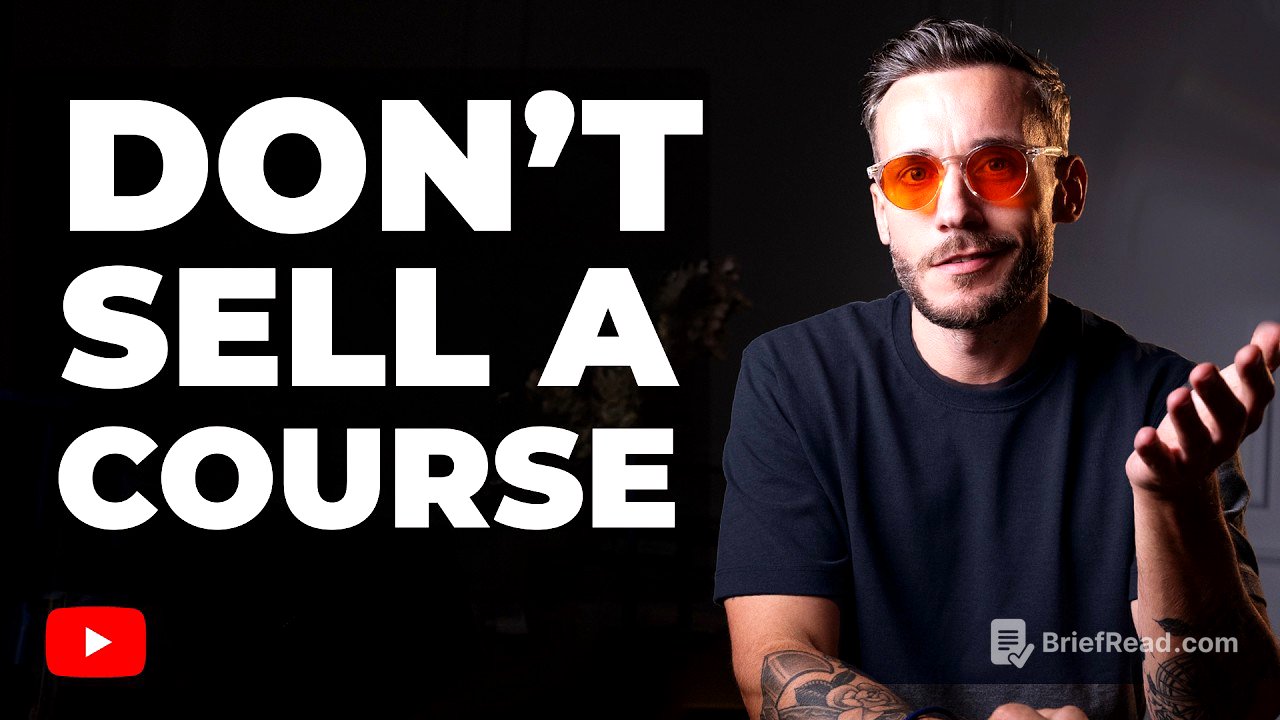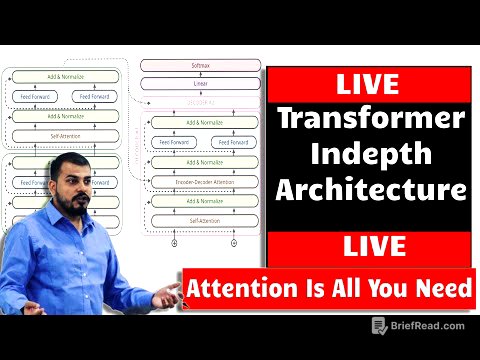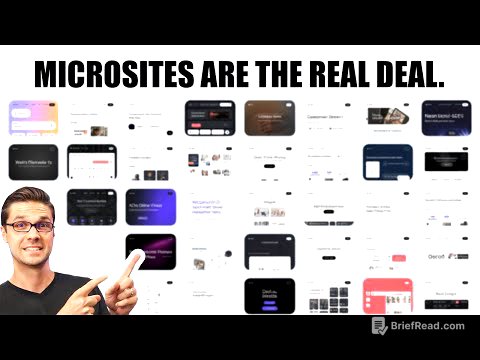TLDR;
This video provides a detailed analysis of how businesses stuck at the $10,000 per month revenue mark on YouTube can break through to $50,000 or more. It explores two main options: creating a membership program and launching a high-ticket cohort. The video uses real-world examples and calculators to illustrate the potential of each approach, offering actionable steps and considerations for implementation.
- Overcome revenue plateaus on YouTube.
- Two options: membership program or high-ticket cohort.
- Actionable steps and real-world examples.
Option 1 [0:00]
Many businesses on YouTube get stuck at the $10,000 a month mark despite increasing views due to issues like genre hopping, marketing complexity, and the constant need for new offers to drive sales. Genre hopping splits the audience, reducing the impact of each video. Too many product options create marketing complexity. Low-ticket products suffer from sales spikes followed by crashes as the "hot audience" is depleted, requiring constant promotions to maintain revenue.
To address these problems, the video suggests simplifying the offer by creating a membership program, similar to Netflix, where all content is bundled into one offer. This approach simplifies marketing by directing all traffic to a single sales page and provides a recurring revenue stream. Using the example of a yoga channel, the video explains how transitioning from individual workshops to a membership with structured challenges can increase perceived value and generate consistent income.
To determine if a membership model is suitable, the video advises calculating the average 12-month order value and purchase frequency. By multiplying these numbers, businesses can determine their average customer lifetime value. The video provides a calculator to compare the potential revenue from a low-ticket model versus a membership model, demonstrating how a membership can significantly increase earnings per customer. Adding a yearly membership option can further boost revenue. While transitioning to a membership may initially cause a dip in earnings, it ultimately leads to more consistent and higher income. Value can be added through live Q&A workshops or email automation to create urgency.
Option 2 [14:35]
The video explores the option of transitioning from low-ticket offers to high-ticket cohorts, which are programs run for a set period with a group of people working towards a specific outcome. While cohorts can generate significant revenue, they also have peaks and troughs, with high earnings during launches followed by periods of lower income.
The video outlines the pros and cons of high-ticket programs. Cons include increased workload, dealing with challenging clients, and potential stress. Pros include higher revenue per view, more rewarding client interactions, and protection against AI commoditization. To determine if a high-ticket cohort is viable, the video advises assessing audience temperature by evaluating email list size and engagement, monthly views, existing sales, and comment quality.
The video provides a calculator to assess the potential of a high-ticket offer, considering factors like niche, existing buyers, pricing, conversion rates, and email list metrics. The calculator estimates potential revenue and indicates whether the audience is ready for a high-ticket offer. To launch a cohort, the video recommends creating hype with teasers and waitlists, and then converting interested individuals into clients. Conversion strategies include offering calls to assess fit, sending personalized Loom videos, or using a direct buy now button. The video emphasizes that the first launch is often the most challenging, with subsequent launches becoming easier as lessons are learned and processes are optimized.









